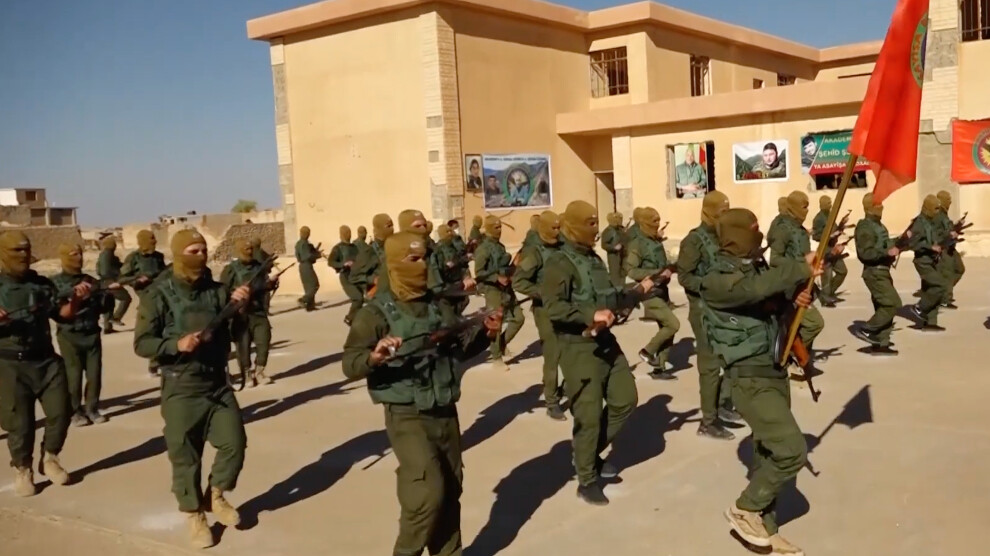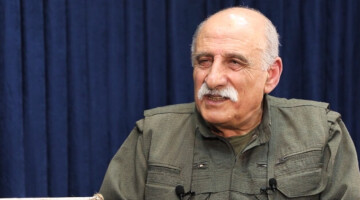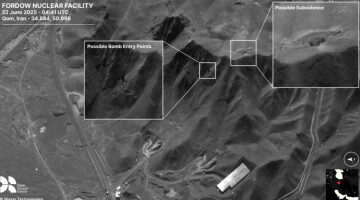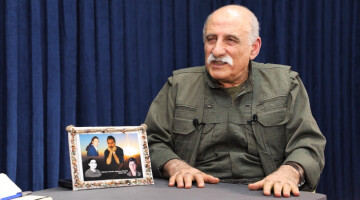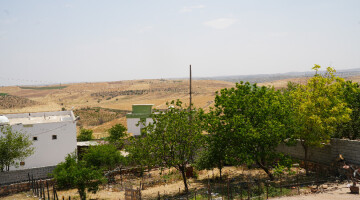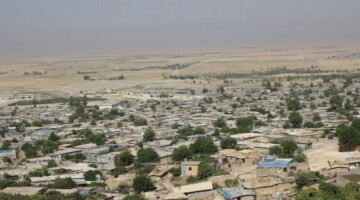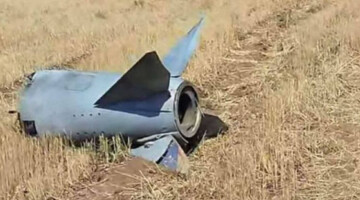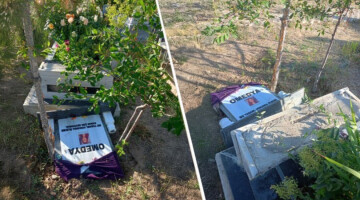In October 2020, under the Turkish aegis, the South Kurdish regional and Iraqi central governments agreed to sign the Shengal Agreement, which included "security and administrative measures", such as the disarmament of local security forces, and defined areas of responsibility for the authorities.
The autonomous leadership of Shengal and the majority of the affected population were sceptical about the agreement. The autonomous administration formed in Shengal after the massacre carried out by ISIS in 2014, has managed the area since then, and was not at the negotiating table. The deal is seen as an attempt by the Ankara-Baghdad-Hewlêr trio to take control of the region and deny the Yazidi people their own political and administrative rights. It is also not the first time that violence or threats of violence have been used to enforce the agreement and defy the autonomy structures. So far, all such attempts have failed due to the resistance of the population. Even now, people are backing their self-government and defense forces.
After the 2014 genocide, the Yazidi community focused on various organizational activities to avoid a further genocide. Young Yazidis continue to join the ranks of the local security forces, Êzidxan Asayish.
50 new members of the Asayish graduated during a ceremony held by the training unit, named Martyr Şervan Êzidixan, affiliated with the Shengal Academy of Martyrs. Several public institutions were also present at the ceremony.
Êzidxan Asayish Official Xalid Şengali delivered a speech during the ceremony and said, “The aim of the 9 October Agreement was to leave our people without a political will. The insistence and resistance of our friends has frustrated this agreement. Two years have passed since the announcement of the agreement that seeks to annihilate us and our forces. The KDP and the Iraqi government now want to impose their rule on us in our lands as if nothing had happened. However, the Êzidxan Asayish and our people resist them.”
Background
While there was not a single Iraqi soldier in Shengal during the invasion process carried out since 3 August 2014 by ISIS, tens of thousands of soldiers were positioned against the people of Shengal, who formed their own self-defense and self-government after the attack. In the wake of the Ankara-Hewler-Baghdad agreement, which was announced on 9 October 2021, under the mentorship and leadership of the UN, the Iraqi army attacked the Shengal self-government from land, while the Turkish state accompanied it with air strikes. As a result of these attacks, dozens of Yazidis were killed.
Realizing that the Yazidis would not back down in the face of these attacks, the Ankara-Erbil-Baghdad alliance, this time, has brought a more comprehensive liquidation plan to the agenda. While the Turkish state launched a comprehensive attack on Medya Defense Zones on 17 April, the Iraqi army attacked Asayiş and YBŞ-YJŞ points in Shengal the next day. In the face of the joint resistance carried out by the YBŞ-YJŞ and the people, the Iraqi army had to take a step back.
Despite the insistence of the KDP, Mustafa al-Kadhimi could not afford a new attack, and this time the KDP began to organize provocative actions in Shengal. Distributing money to some organizations, tribal leaders and its local collaborator network, the KDP incited the people of Shengal against YBŞ-YJŞ and the Shengal Autonomous Administration.
When the KDP could not get any results from these, it started to attack Shengal again, this time with more dirty games, within the framework of the triple alliance. According to this new plan, Shengal Democratic Autonomous Administration assemblies and institutions in settlements will be periodically targeted by the Turkish state with drones, and some civilians will be targeted at the same time. By organizing the reactions of the relatives of the murdered civilians, they will be channelled against the Democratic Autonomous Administration and thus the people of Shengal will be confronted with provocative actions against their own self-government. Anti-revolutionary elements among the Yazidis will be organized in Shengal, as in North Kurdistan and Rojava, to be used against the revolution.

